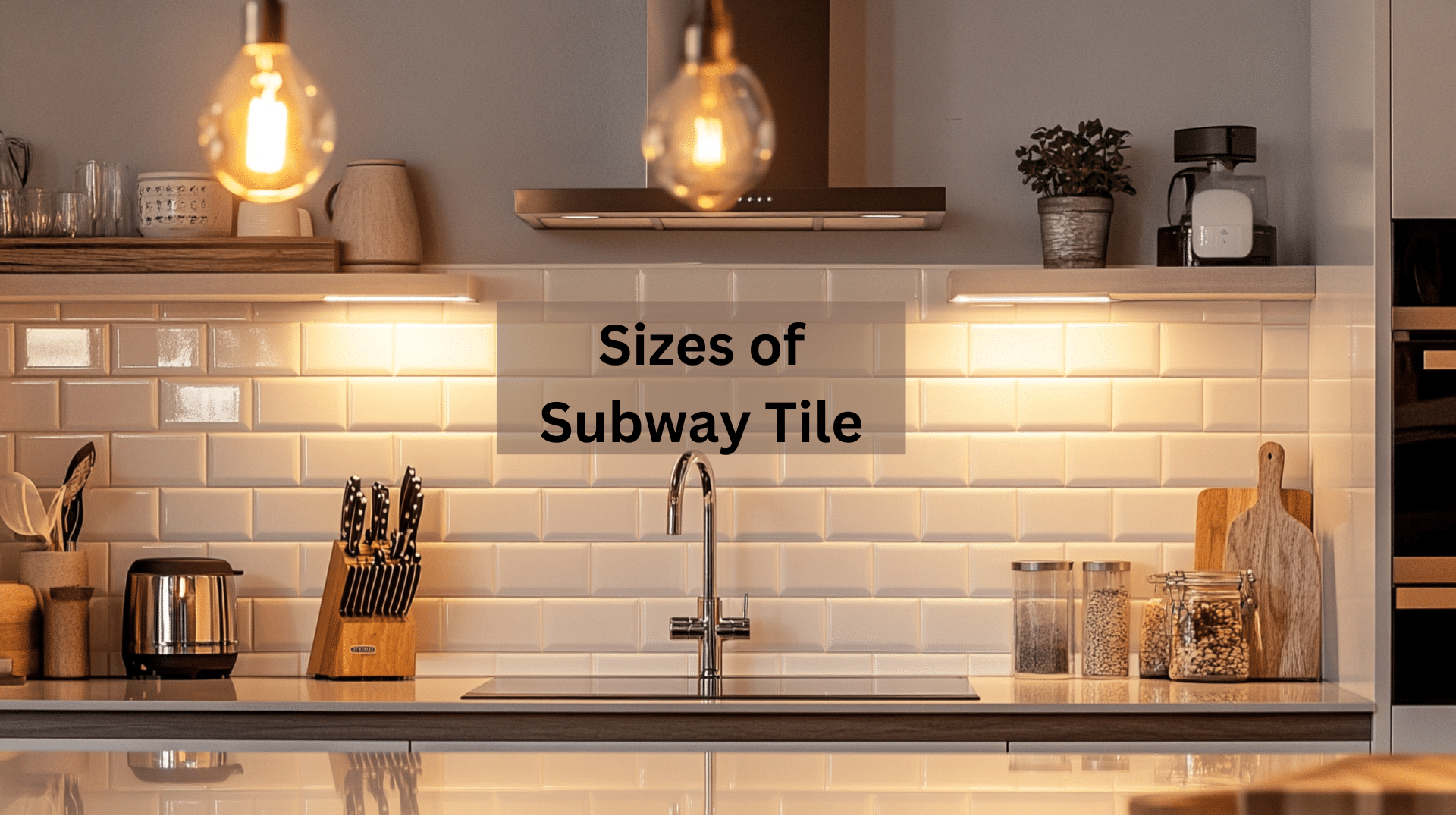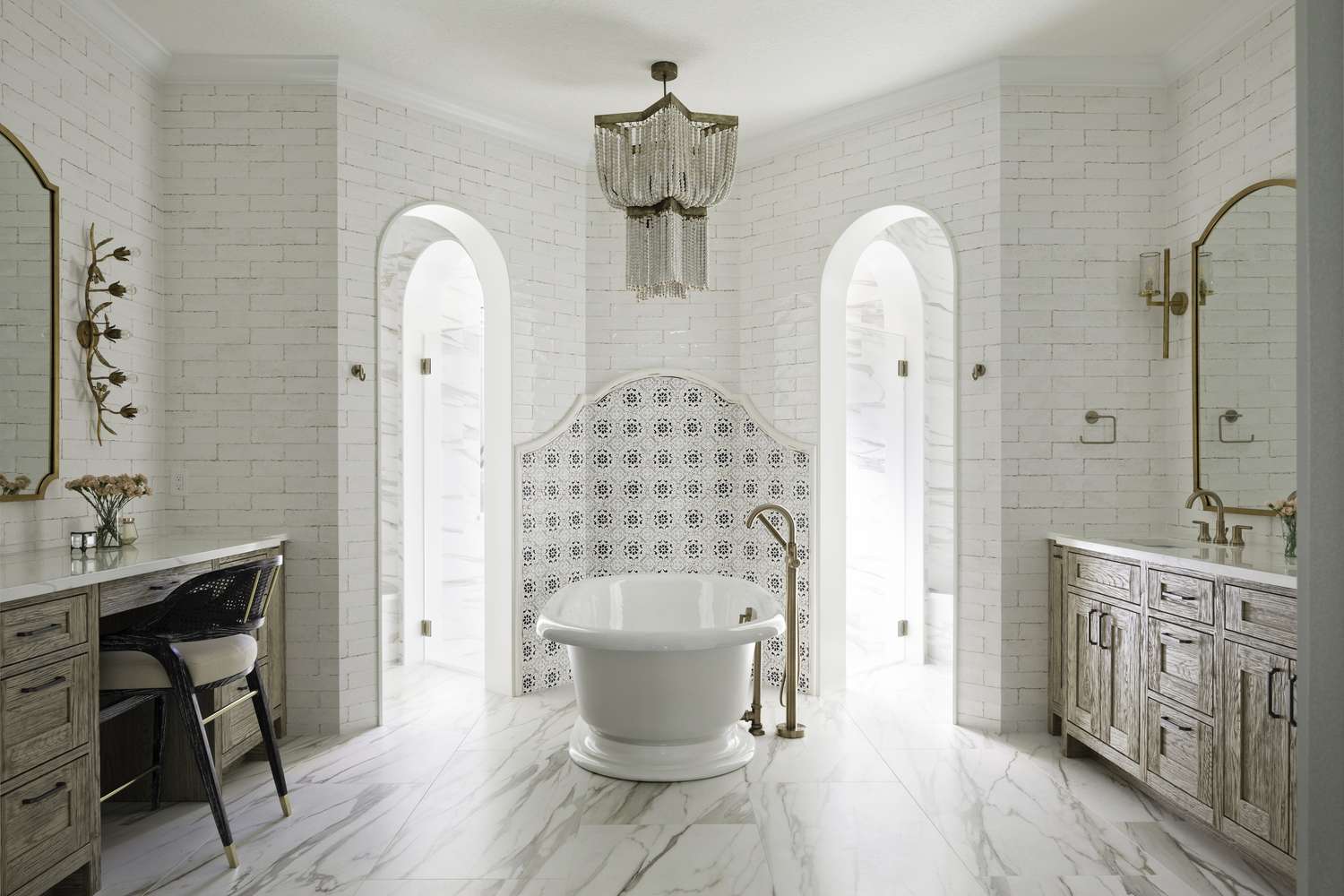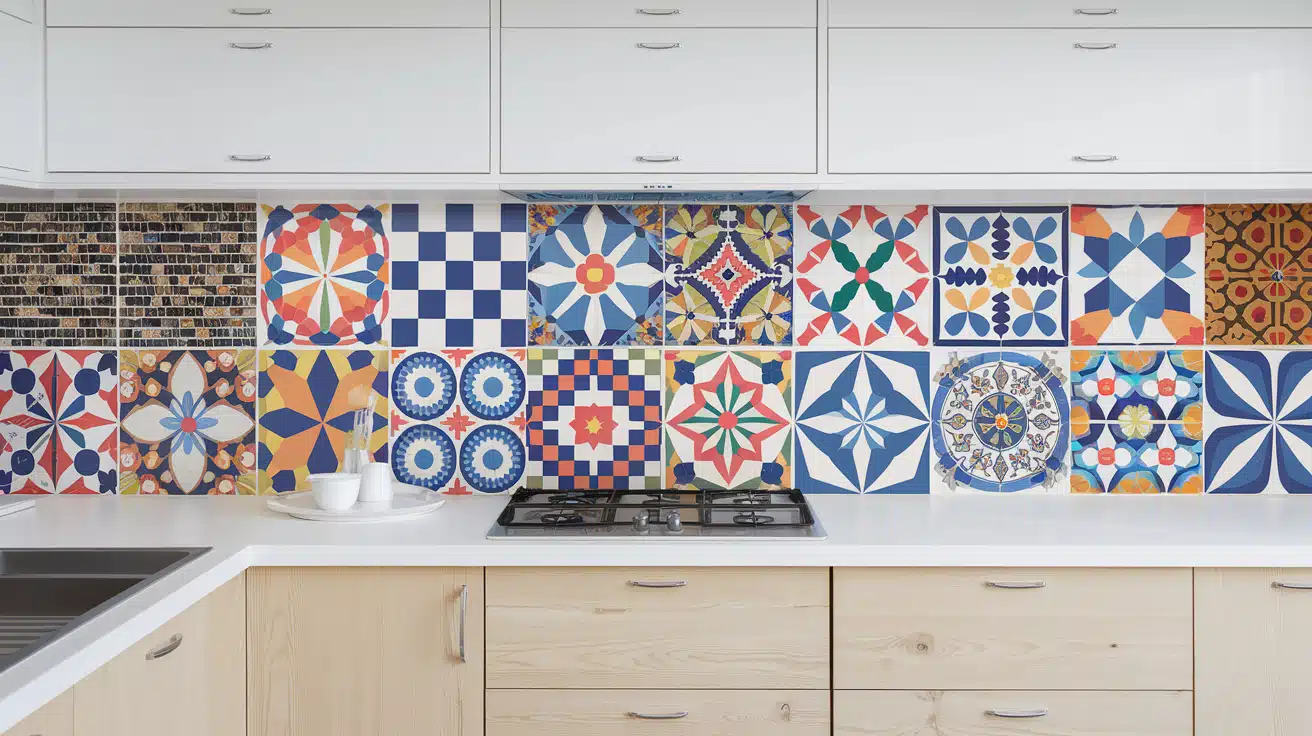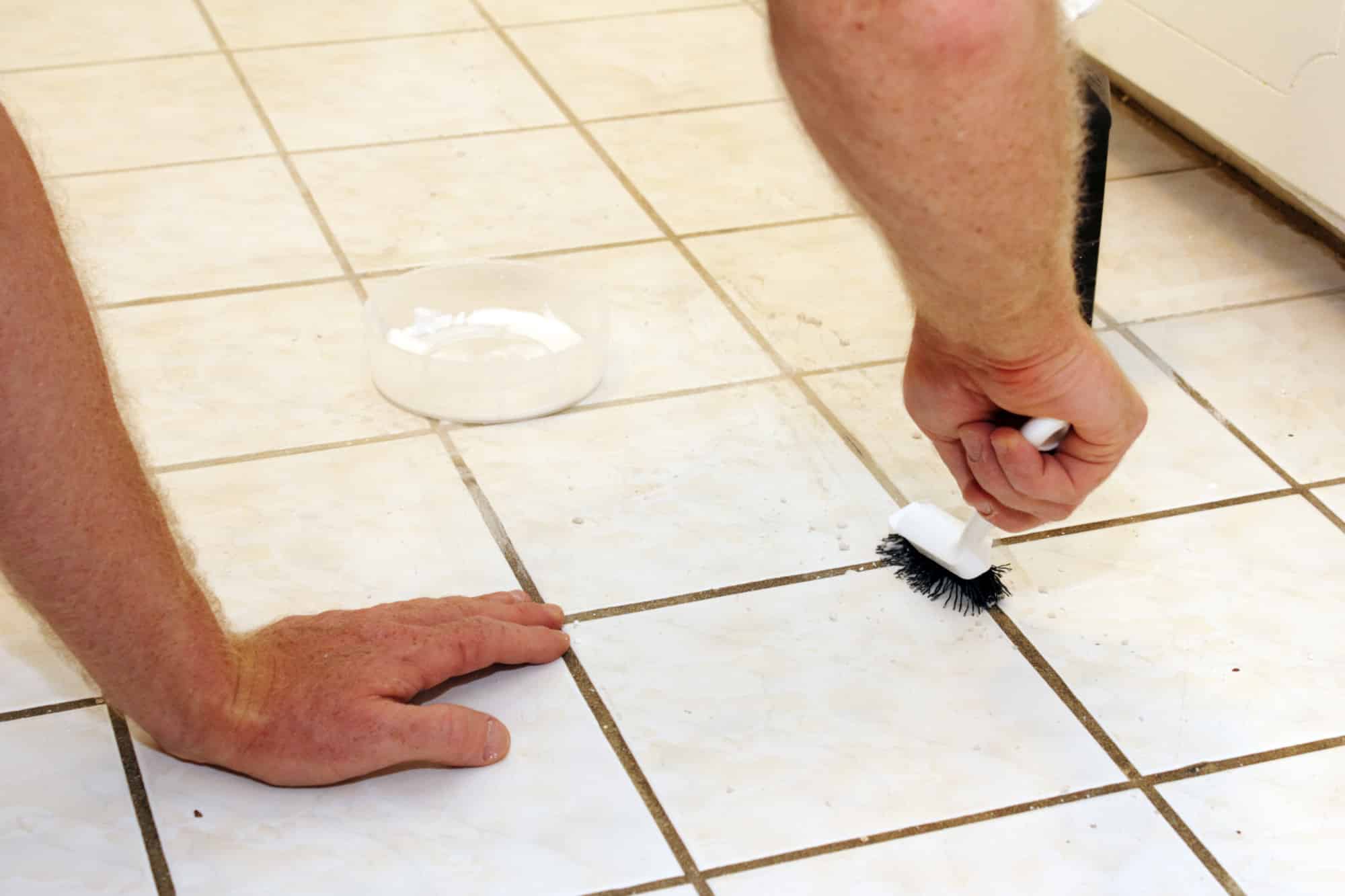Marble or Porcelain? Comparing Tiles to Find Your Perfect Match
Choosing between marble and porcelain tiles can feel overwhelming. Each has its charm, costs, and maintenance requirements, making it crucial to find the right match for your space.
This guide breaks down everything you need to know to make an informed decision, from the basics of marble and porcelain to an in-depth, side-by-side comparison.
In this blog, you’ll discover:
- What Makes Marble and Porcelain Unique: Learn the essentials of each tile type.
- Pros and Cons of Each Option: Weigh the advantages and drawbacks.
- Where Each Tile Shines: Find out the best applications for marble and porcelain.
- Detailed Comparison: Compare factors like durability, cost, installation, maintenance, etc.
- Choosing the Right Tile for Your Lifestyle: Get tips on which tile fits your needs best.
What You Need to Know About Marble Tile
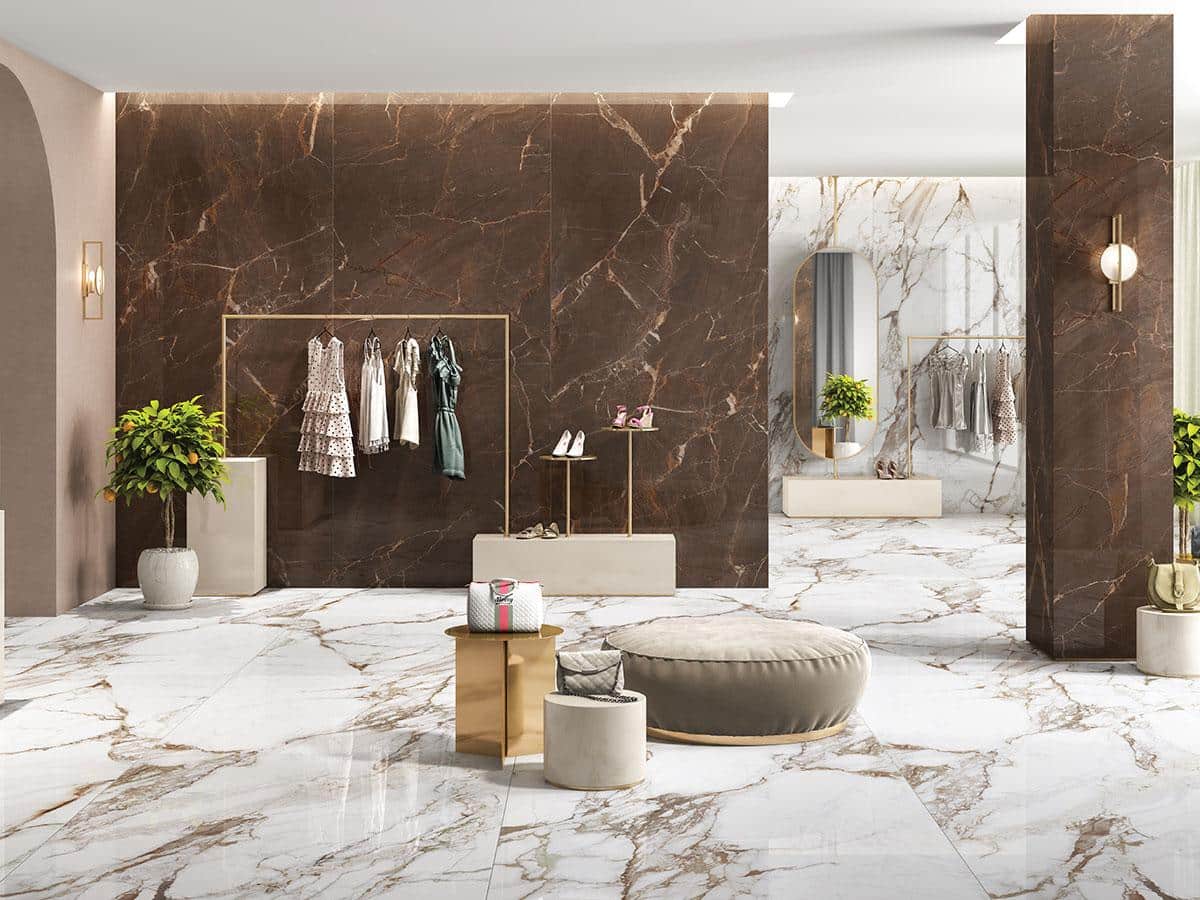
The Beauty and Basics of Marble Tile
Marble tile has a special place in home design. Its natural patterns and soft glow make rooms feel fancy without trying too hard. Here’s why people love it:
- Each tile is one-of-a-kind, thanks to nature’s handiwork
- It comes in many colors, from snow white to deep black
- The smooth surface feels great underfoot
- It can make small spaces look bigger and brighter
Marble is basically limestone that got squeezed and heated deep in the earth. This process gives it those pretty swirls and veins we all admire.
Marble Tile Pros and Cons: Weighing the Good and the Bad
Let’s be real – marble isn’t perfect. Here’s an honest look at what you’re getting into:
| Pros | Cons |
|---|---|
| Looks fantastic and adds value to your home | Costs more than many other tiles |
| Stays cool, great for warm climates | Can stain easily if not sealed |
| Can last for decades if cared for properly | Needs regular care to keep it looking good |
| Eco-friendly (it’s a natural stone) | Can be slippery when wet |
Top Spots for Marble Tile in Your Home
Marble can work in many rooms, but some places are better than others:
- Bathrooms: Marble adds a spa-like feel. Just be careful – it can be slippery.
- Entryways: Make a great first impression on your guests.
- Kitchens: Looks stunning, but be ready to clean spills quickly.
- Fireplaces: A marble surround can be the star of your living room.
Remember, high-traffic areas might not be ideal for marble. It can scratch and wear over time.
In the end, marble tile is all about balance. It’s beautiful but needs some extra love. If you’re okay with that, marble can make your home feel extra special.
Uncovering Porcelain Tile
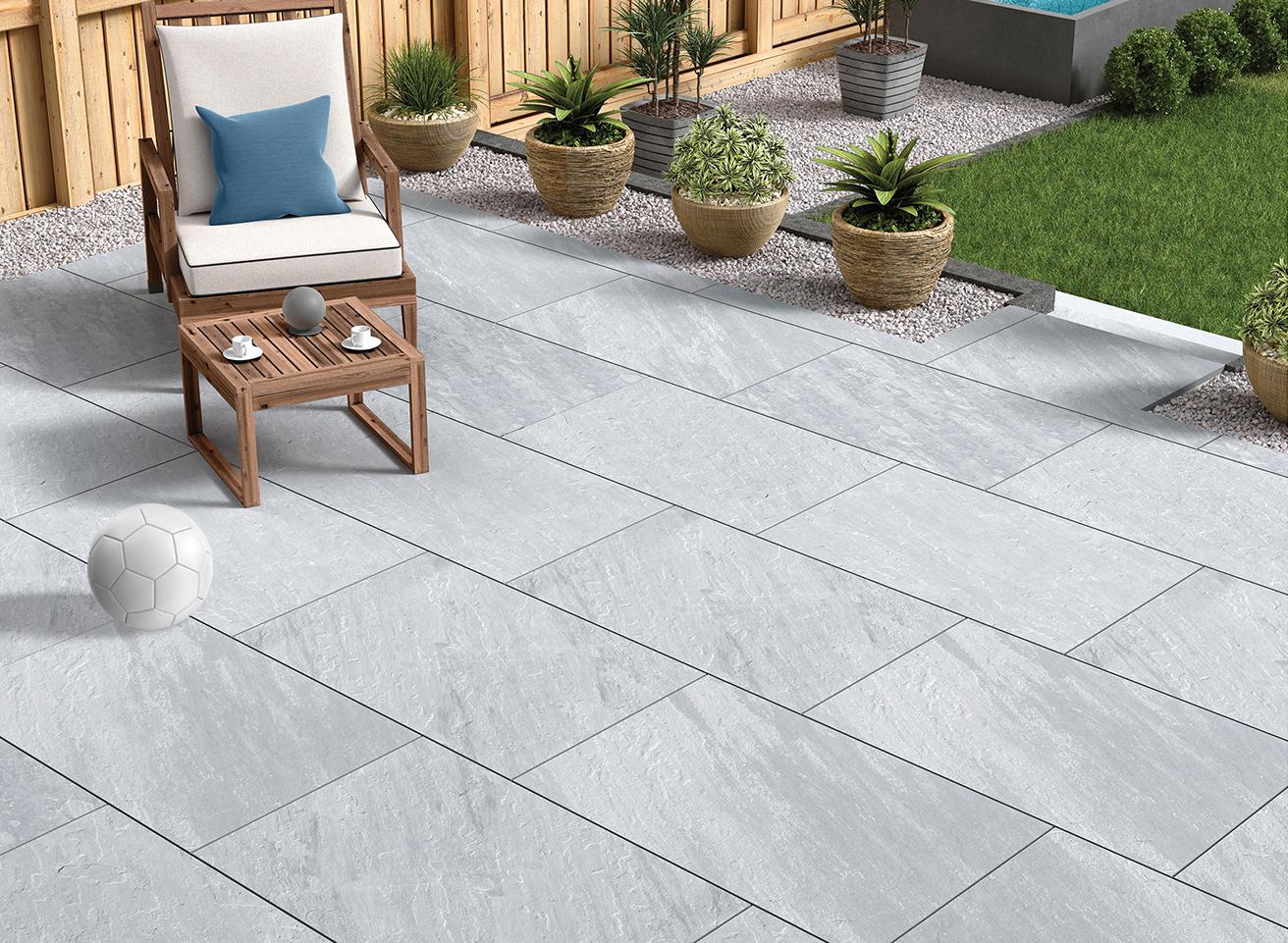
What Sets Porcelain Tile Apart
Porcelain tile is a tough cookie in the world of flooring. Here’s what makes it stand out:
- It’s made from fine clay and baked at super high temps.
- This process makes it harder and denser than regular ceramic tile.
- It’s very low in water absorption (less than 0.5%).
- You can get it glazed or unglazed.
Porcelain’s strength comes from its manufacturing process. The high heat creates a glass-like material within the tile, making it extra strong.
Porcelain Tile Pros and Cons: Is It Right for You?
Let’s break down the good and not-so-good about porcelain tile:
| Pros | Cons |
|---|---|
| Super durable – great for busy homes | Can be pricier than ceramic tile |
| Resists water, stains, and scratches | Feels cold underfoot (but great for heated floors!) |
| Easy to clean and maintain | DIY installation can be tricky due to its hardness |
| Lots of style options – can even look like wood or stone | Some types can be slippery when wet |
Ideal Places to Use Porcelain Tile in Your Home
Porcelain is a champ in many areas of your home:
- Bathrooms: Its water-resistant nature makes it perfect here
- Kitchens: Stands up well to spills and heavy foot traffic
- Laundry rooms: Handles moisture like a pro
- Outdoor spaces: Some porcelain tiles work great for patios
Porcelain also shines in high-traffic areas like hallways or living rooms. Its durability means it can handle the constant parade of feet, paws, and whatever else life throws at it.
Remember, while porcelain is tough, it’s not indestructible. Heavy items dropped on it can still cause damage. But for most everyday wear and tear, it’s a solid choice.
Choosing porcelain tile means investing in a long-lasting, good-looking floor. If you’re okay with the initial cost and potential installation challenges, porcelain can be a great addition to your home.
Marble vs. Porcelain: Side-by-Side Comparison
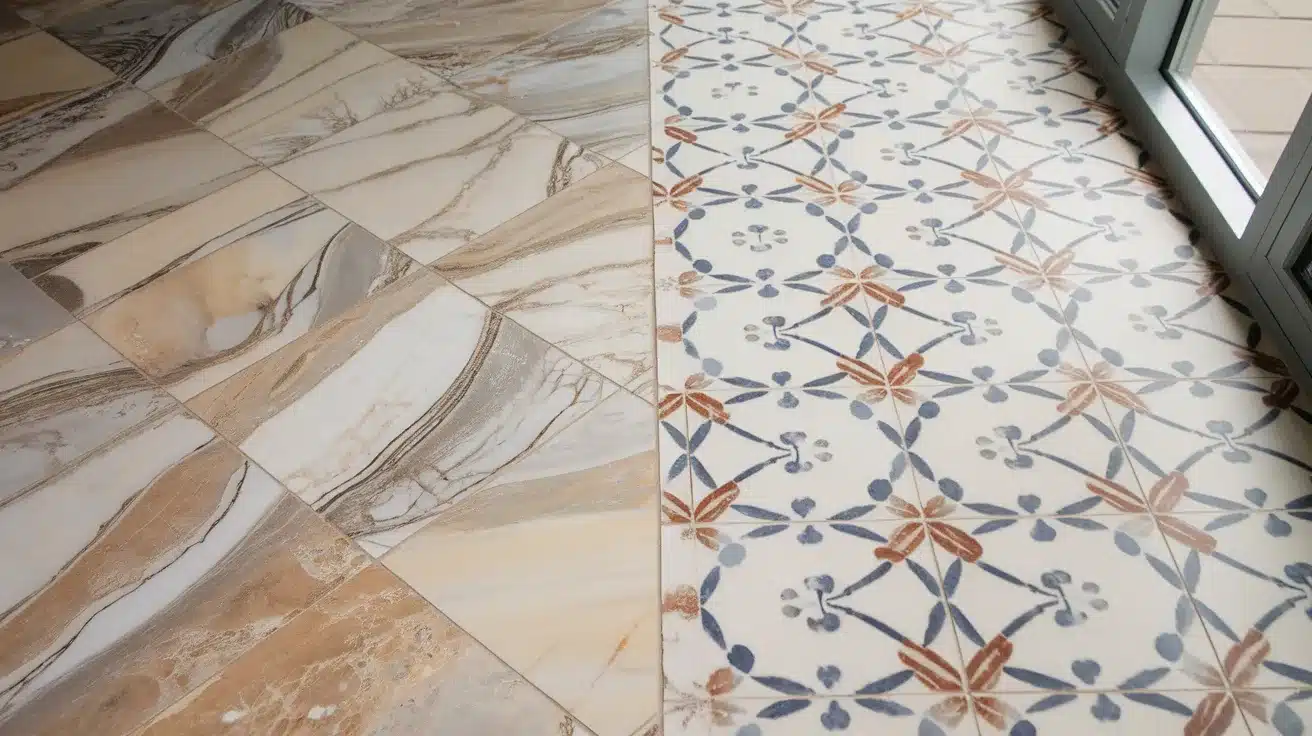
When it comes to choosing between marble and porcelain tiles, there are several factors to consider. Each type has its own unique benefits, costs, and maintenance needs. To help you make the best decision, here’s a quick comparison of the most important aspects:
| Comparison Factor | Marble Tile | Porcelain Tile |
|---|---|---|
| Appearance | Natural, unique patterns; luxurious and elegant look | Available in various styles, including marble look-alikes; more uniform appearance |
| Options and Customization | Limited patterns, usually in neutral colors | Wide variety of designs, colors, and textures; customizable finishes |
| Installation | Requires professional installation due to its weight and fragility | Easier to install; suitable for DIY projects if experienced |
| Durability | Softer, more susceptible to scratches and staining | Highly durable, resistant to wear, scratches, and moisture |
| Cost Breakdown | Higher cost, both for materials and installation | Generally more affordable; wider price range depending on style |
| DIY Friendliness | Not recommended for DIY due to delicate handling | Often DIY-friendly with proper tools and instructions |
| Ongoing Maintenance | Needs regular sealing and polishing; more maintenance-intensive | Low maintenance; easy to clean and doesn’t require sealing |
| Lifespan | Can last decades with proper care but may show wear | Long lifespan, especially in high-traffic areas |
| Eco-Friendliness | Natural stone, but extraction impacts the environment | Often made with recycled materials, less environmental impact |
| ROI and Resale Value | High-end, luxurious appeal can increase resale value | Durable and versatile; generally boosts home value |
| Care and Maintenance | Requires specific cleaners; sensitive to acidic substances | Easy to clean with common household products; minimal care |
| Scratch and Dent Resistance | Prone to scratches and chipping | Highly resistant to scratches, chips, and dents |
Choosing the Right Tile for Your Lifestyle Needs
Your day-to-day life plays a big role in picking the best tile. Let’s look at some common factors:
Pets
- Porcelain might be your best bet if you have pets, especially dogs. It resists scratches from claws better than marble.
- Marble can stain if pets have accidents, while porcelain is more forgiving.
Kids
- Both tiles can be slippery when wet, so be careful in bathrooms.
- Porcelain handles spills and messes better, making cleanup easier.
- Marble’s cold surface might not be comfy for kids playing on the floor.
Cooking Habits
- If you love to cook, porcelain in the kitchen might save you stress. It resists stains from spills better than marble.
- Marble can etch if acidic foods (like lemon juice) spill on it.
Cleaning Routine
- If you prefer low maintenance, porcelain is your friend. It needs less special care.
- Marble requires more careful cleaning and regular sealing.
Traffic
- For busy areas like entryways or kitchens, porcelain holds up better to constant foot traffic.
- Marble might show wear faster in high-traffic spots.
Climate
- In hot areas, marble stays naturally cool, which can be nice underfoot.
- Porcelain works well with underfloor heating systems for colder climates.
Remember, these are general guidelines. Your specific situation might be different.
The Final Decision: Is Marble or Porcelain Your Better Match?
Choosing between marble and porcelain comes down to what matters most to you. Here’s a quick recap to help you decide:
Choose Marble if
- You love natural, one-of-a-kind patterns.
- You’re okay with some extra maintenance.
- You want a classic, luxurious look.
- You don’t mind a higher upfront cost.
- You’re prepared to handle its sensitivity.
Choose Porcelain if
- You want a durable, low-maintenance option.
- You like having many design choices.
- You have a busy household with kids or pets.
- You want a more budget-friendly option.
- You prefer a consistent look across tiles.
Ultimately, marble and porcelain can make your home look great. Think about your daily life, style, and how much care you want to give your floors.
If you love the idea of natural stone and don’t mind some extra TLC, marble might be your perfect match. If you want something tough to handle, whatever life throws at it, porcelain could be your best bet.
Remember, there’s no “wrong” choice here. Pick the tile that makes you happy when you look at it and fits with your lifestyle. After all, you’ll be walking on it every day!
Conclusion
Picking between marble and porcelain tiles isn’t just about looks. It’s about finding the right fit for your home and life. Marble brings natural beauty and a touch of luxury but needs more care.
Porcelain offers durability and easy upkeep, with many style options. Your choice depends on your priorities: Do you want unique patterns or consistent designs? Are you ready for regular maintenance or prefer a low-effort option?
Consider your household’s needs, from pets to cooking habits. Both tiles can make your spaces shine. The best pick is the one that makes you smile every time you walk into the room.
Trust your instincts and choose the tile that feels right for you.



